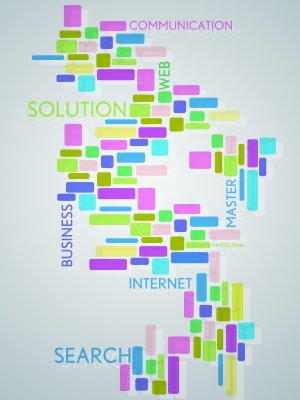While server virtualization may seem like a novel concept, it has been utilized for over 10 years. Many businesses have come to rely on server virtualization, while others have not yet made the switch and feel uncertain about what to do. For those who have not yet adopted virtualization, demystifying the experience may spur action.
How Virtual Servers work?
 Virtualization attempts to address space and under utilization problems in the traditional data center model. System administrators use tools to partition one physical server into multiple virtual servers. Since one server is large enough to become several smaller virtual servers, data centers can accommodate more data — and operate more efficiently — without taking up more physical space.
Virtualization attempts to address space and under utilization problems in the traditional data center model. System administrators use tools to partition one physical server into multiple virtual servers. Since one server is large enough to become several smaller virtual servers, data centers can accommodate more data — and operate more efficiently — without taking up more physical space.
Benefits of Virtualization
- Decreased space needs:
- Redundancy:
- Safe sandbox:
- Archival applications:
- Greener option:
- Faster provisioning for increased efficiency:
- Reduced downtime:
- Impacts cloud migration:
Reduced need for physical space translates directly into cost savings. Since businesses are also using existing servers more efficiently, by taking up more of the server’s space, technology needs are less. Businesses can reduce technology budgets, instead using owned resources more efficiently.
When an application crashes, employees can lose hours of work. Virtualization allows employers to run an application on multiple virtual servers. If one server crashes, the other server would allow application access, reducing wasted time and data loss.
Tech experts enjoy virtualization because it offers an isolated environment for application testing and troubleshooting. In this environment, staff can test, troubleshoot and innovate without negatively impacting other applications or causing a productivity snafu.
Some businesses rely on legacy applications because modern technology has not offered solutions for their needs. These businesses can continue to use legacy software in a virtualized environment, eliminating the time-intensive need to identify a new solution, train employees and migrate to that application.
Because virtualization consolidates resources, it can reduce energy expenses. Combined with other actions that reduce energy use and increase energy efficiency, it can be part of a green strategy. Along with reduced energy use comes reduced cost, another benefit.
Virtual servers can handle system provisioning and deployment in seconds. This has direct implications for employee efficiency and time management, as it reduces time spent waiting for applications to load.
The redundancy provision acts as a built-in guard against server downtime that brings productivity to a halt. This means less interruptions to employee workflow, less time spent waiting for a fix and increased productivity.
Whether you already use a cloud computing platform or plan to in the future, virtualization can act as a step toward the cloud. When you reduce hardware dependency and become acclimated to a virtual model, it becomes easier to migrate resources to the cloud as needed. This has direct implications for productivity and workflow: The eventual migration will be simpler, cleaner and less of a shock to employees needing to acclimate to a new system.
The diverse benefits of virtualization outweigh the challenges of overhauling system architecture to go virtual. If you’re not already using virtualization, consider making this move now to save costs, go green or prepare for the cloud.
